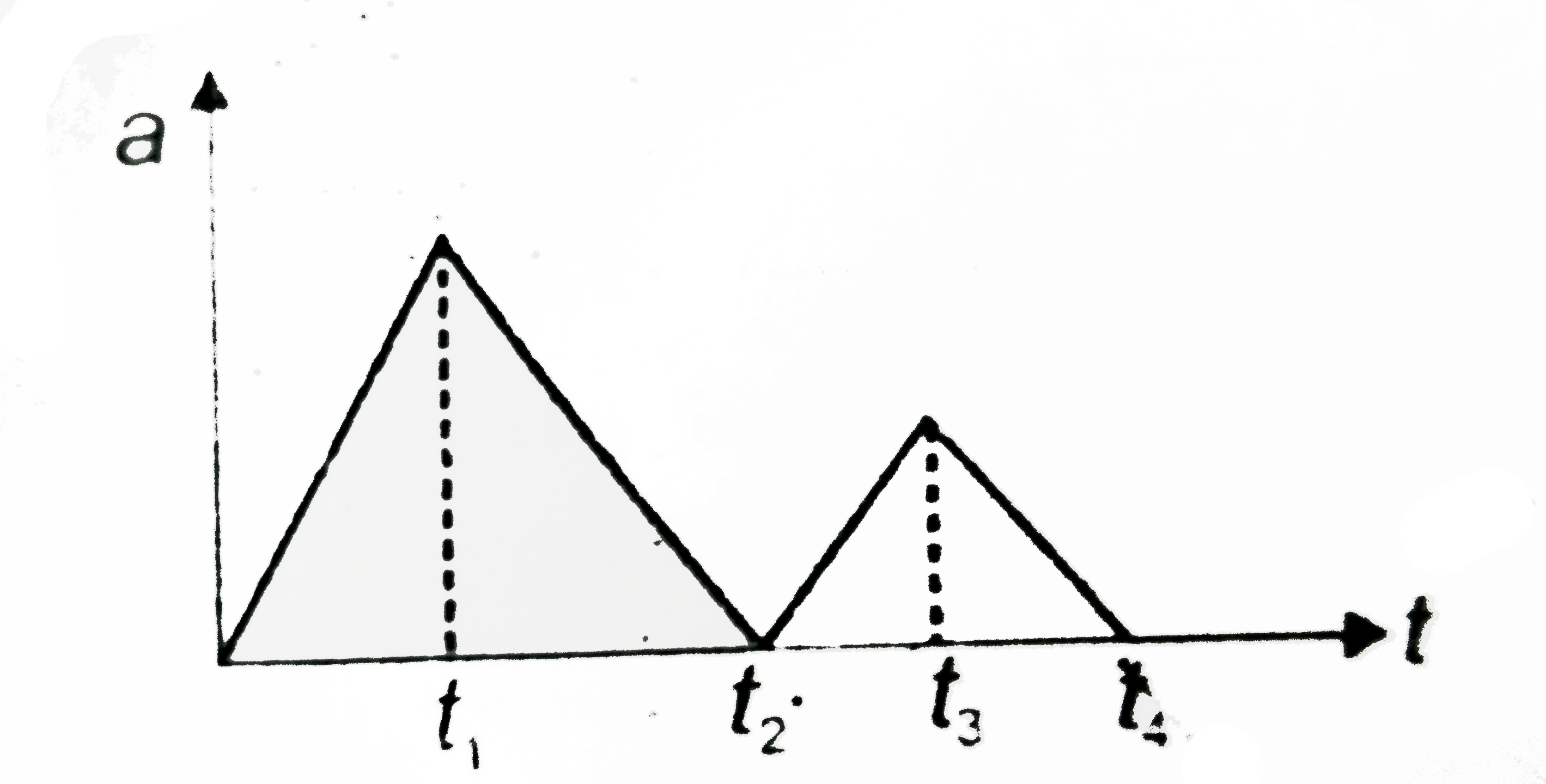A particle moves on a given straight line with a constant speed v. At a certain time it is at a point P on its straight lline path.O is a fixed point. Show than is independent of the position P.?
To solve the problem, we need to show that the cross product of the position vector →OP and the velocity vector →v is independent of the position P of the particle moving along a straight line with constant speed v.
1. Define the Position Vector →OP:
Let the fixed point O be at coordinates (0,y) in a 2D plane, where y is a constant height. The particle P moves along the x-axis at a distance x from the origin. Therefore, the position vector →OP can be expressed as:
→OP=x^i+y^j
2. Define the Velocity Vector →v:
Since the particle moves with a constant speed v along the x-axis, the velocity vector can be represented as:
→v=v^i
3. Calculate the Cross Product →OP×→v:
We need to find the cross product of →OP and →v:
→OP×→v=(x^i+y^j)×(v^i)
Using the properties of the cross product, we can expand this:
=x^i×(v^i)+y^j×(v^i)
The first term x^i×(v^i) is zero because the cross product of any vector with itself is zero:
x^i×(v^i)=0
The second term can be calculated as follows:
y^j×(v^i)=yv(^j×^i)=−yv^k
Therefore, we have:
→OP×→v=−yv^k
4. Analyze the Result:
The result −yv^k shows that the cross product depends only on the constant height y and the constant speed v. Since both y and v are constants, the cross product is independent of the position P along the x-axis.
Conclusion:
Thus, we have shown that →OP×→v is independent of the position P of the particle.
Let the fixed point O be at coordinates (0,y) in a 2D plane, where y is a constant height. The particle P moves along the x-axis at a distance x from the origin. Therefore, the position vector →OP can be expressed as:
→OP=x^i+y^j
Since the particle moves with a constant speed v along the x-axis, the velocity vector can be represented as:
→v=v^i
We need to find the cross product of →OP and →v:
→OP×→v=(x^i+y^j)×(v^i)
=x^i×(v^i)+y^j×(v^i)
x^i×(v^i)=0
y^j×(v^i)=yv(^j×^i)=−yv^k
→OP×→v=−yv^k
The result −yv^k shows that the cross product depends only on the constant height y and the constant speed v. Since both y and v are constants, the cross product is independent of the position P along the x-axis.
Thus, we have shown that →OP×→v is independent of the position P of the particle.
Topper's Solved these Questions
Similar Questions
Knowledge Check
- Question 1 - Select One
A particle is moving on a circular path of radius R with constant speed v. During motion of the particle form point A to point B
 AAverage speed is v/2BThe magnitude of average velocity is v/πCThe magnitude of average acceleration is 2v2πRDAverage velocity is zero.
AAverage speed is v/2BThe magnitude of average velocity is v/πCThe magnitude of average acceleration is 2v2πRDAverage velocity is zero.
A particle moves in a straight line and its position x at time t is given by x2=2+t. Its acceleration is given by :-
View SolutionA particle moves in a straight line with constant speed of 4m/s for 2s, then with 6m/s for 3s. Find the average speed of the particle in the given time interval.
View SolutionA particle is moving in a straight line according to graph given below : (a is acceleration, v is velocity, x is position, t is time) :
 View Solution
View SolutionA particle moves in a straight line such that its distance in 't' seconds from a fixed point is (6t−t2) cm. find its velocity at the end of t=2 sec.
View SolutionA particle starts moving from rest on a straight line. Its acceleration a verses time t is shown in the figure. The speed of the particle is maximum at the instant
 View Solution
View SolutionA particle is moving with constant speed v in xy plane as shown in figure. The magnitude of its angular velocity about point O is
 View Solution
View SolutionA particle is projected from a point P with a velocity v at an angle θ with horizontal. At a certain point Q it moves at right angles to its initial direction. Then
View Solution

